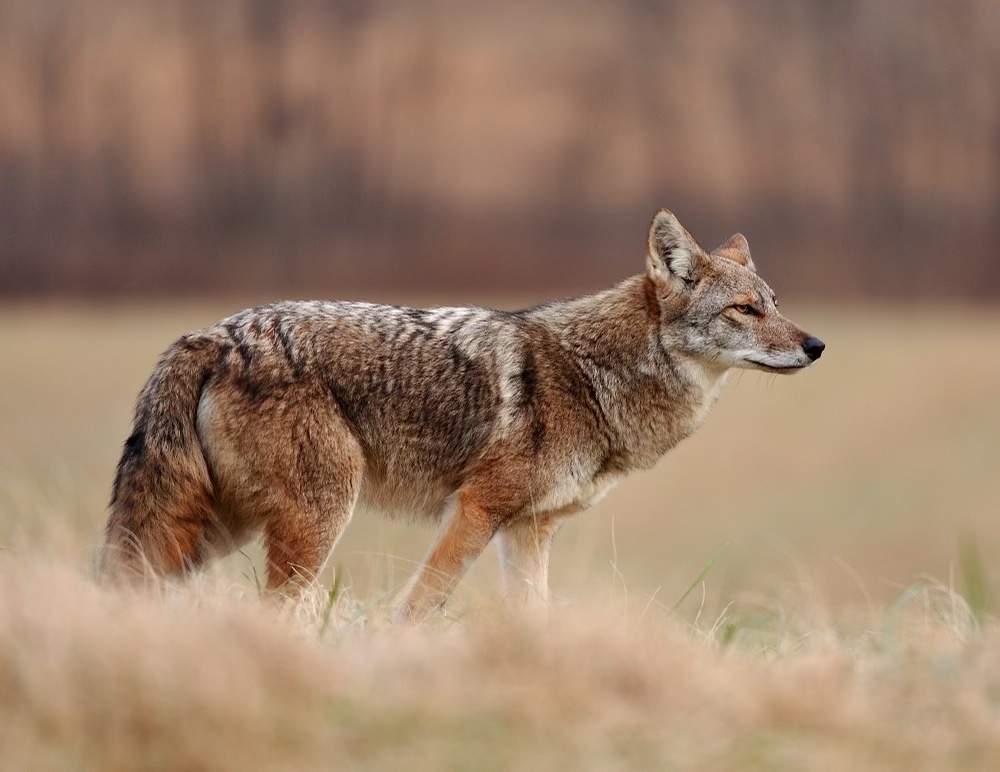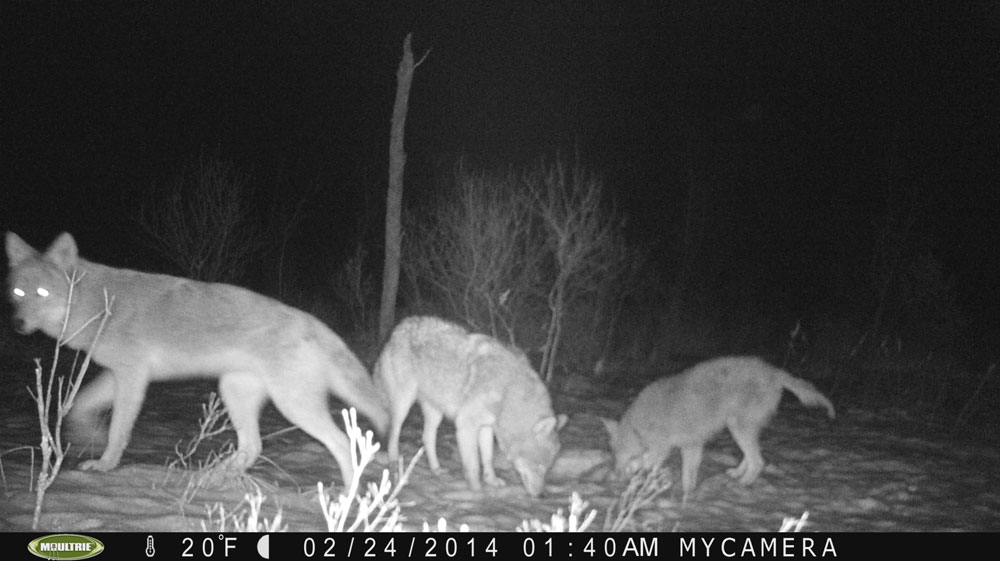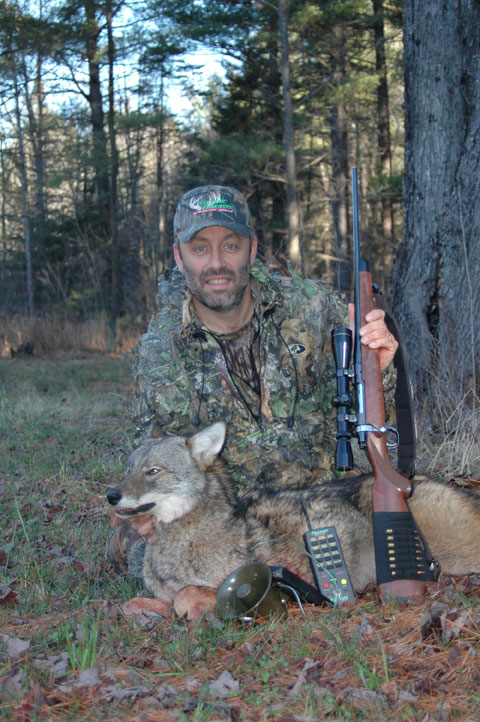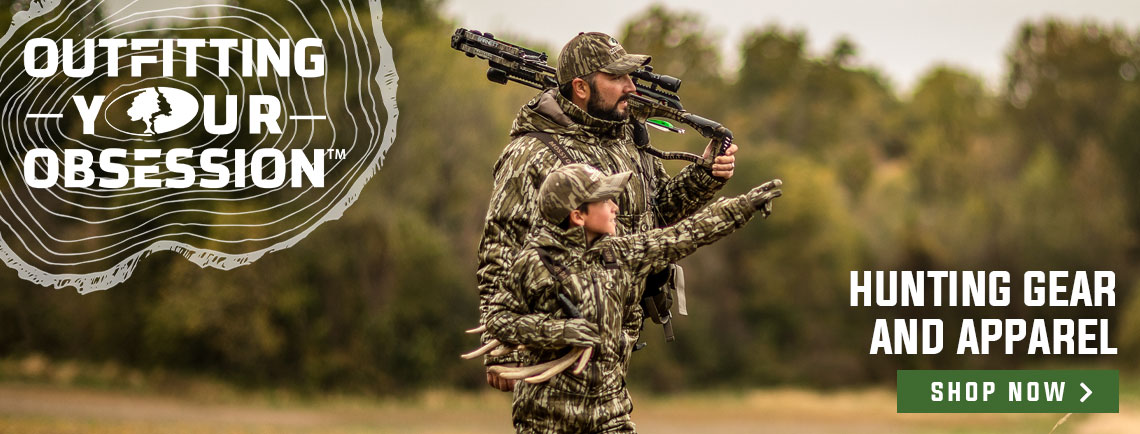The road to disaster is sometimes paved with good intentions.
Bob Humphrey

Predator control is one of several management practices employed to increase productivity in game species. This is particularly true of coyotes and deer. However, like any prescription, it should be used properly, and users should be aware of the possible side effects.
At first glance, it seems pretty simple and straightforward. Coyotes prey on deer, in some cases at a level that can significantly suppress productivity and population growth. Remove the predators and you reduce mortality. Unfortunately, it’s not nearly that simple. First, as anyone who has tried will tell you, culling coyotes isn’t easy. They’re cunning to begin with, and efforts to eradicate them only educate those that don’t get caught or shot.
Research and decades of effort have shown that intensive, concentrated predator control can result in a slight reduction in predator numbers and resultant rise in recruitment in localized areas. However, the effect is temporary, and sustaining that type and level of effort is expensive and laborious. Furthermore and perhaps more importantly, coyotes are an incredibly diverse and adaptable species and under certain circumstances, predator control may actually enhance their productivity.
Pack Dynamics

In the classic scenario, a male and female bond, mate, and establish and defend a territory where they raise their young. Eventually, those youngsters grow up. Some may remain to help defend the territory and assist with the next litter. Others may disperse and establish a new territory, if one is available and they can attract a mate. Still others may try a different tactic.
One thing we’ve learned from research is that older alpha females tend to be very good at defending their territory. As a result, they hold large territories rich in prey. If you remove one, others will quickly fill the void; and if that void is large enough, several females may fill it, establishing multiple packs. Then, you could end up with even more coyotes.

Be a Better Coyote Hunter with OnX Maps
Meanwhile, males aren’t always loyally monogamous. Assuming the alpha male is still around, he may re-mate and defend the old territory with a single female. Or, he may mate with several females holding smaller territories encompassing the old one. Or, he might simply move on.
Females tend to be more sedentary while some males are homebodies and others are nomads. The latter roam far and wide, searching for prey and looking for love. When they find a mate they may stick around to help defend the territory and feed and protect the young, or they may move on, successively mating with multiple females. Even if the male stays, it may only be for one season before he switches from homebody to nomad.
Nature abhors a vacuum and between recruitment, dispersal, and nomadic travel, there will always be enough coyotes out there to quickly fill any void created by predator control. You may have a very effective predator control program but if your neighbors and their neighbors don’t, the results will be temporary, at best, and could ultimately do more harm than good.































